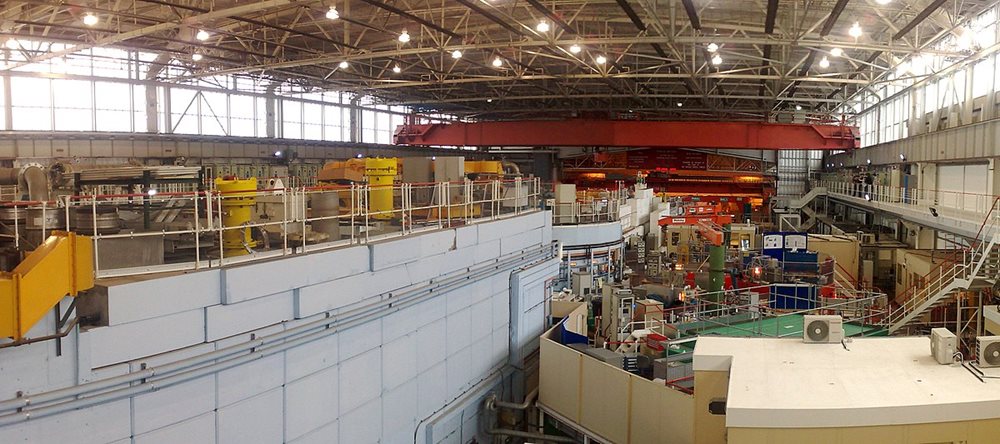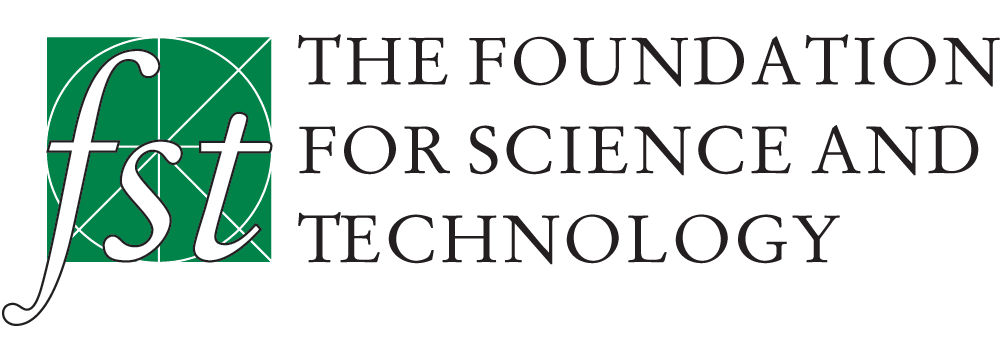FST BLOG
An atom’s eye view inside materials: from cells to circuit boards, and meteorites to magnets
- 7 February 2025
- Technology
- Dr Rosie de Laune

Although perhaps unknown to many, the UK’s ISIS neutron and muon source has welcomed over 60,000 scientists since it began operations in 1984. The facility uses beams of the neutrons and muons to allow the study of materials at the atomic level. It has a suite of 35 instruments, each of which is individually optimised for the study of different types of matter. The research conducted at ISIS plays an important role in addressing global challenges, answering fundamental questions, and delivering scientific and socio-economic impact.
Academic and industrial scientists use ISIS to determine information on the position and movement of atoms and molecules in a wide range of materials. Neutrons and muons have many useful and unique properties that make them extremely useful investigative probes. Their magnetic moment, high penetrating power, ability to interact with light elements and non-destructive nature have enabled the study of a diverse landscape of scientific challenges.
The variety of ISIS research is exemplified by looking at three ISIS scientists who have been fellows of the Foundation Future Leaders (FFL) programme.
Helen Walker was part of the FFL 2022 cohort and uses neutrons in her work studying barocaloric materials. These compounds undergo reversible temperature changes when pressure is applied or released, making them promising options for environmentally friendly cooling and heating. To be optimised for practical use, it’s crucial to understand what’s happening in the material during the phase change and why some barocalorics can have greater cooling power than others.
Neutrons are an ideal tool for studying these materials, as they are particularly sensitive to hydrogen, an important ingredient in these barocalorics. Neutrons also provide information about how the atoms in the structure are moving, as well as their positions. By using different instruments at ISIS, Helen and her collaborators are able to measure both structure and dynamics, and build a complete picture of a material and the entropy changes associated with its phase change.
Speaking about her experience on the FFL programme, Helen says: “I think the biggest insight was into how science can contribute to government policy, building on my previous interest in politics. It also gave me an opportunity to try to advocate for and advertise the existence of ISIS to academic, industry and government personnel.”
The ability to answer the question of where atoms are and how they move has become increasingly important for industry, as it applies new materials and molecules to commercial problems with ever increasing sophistication and ingenuity. In the last forty years, ISIS has been at the forefront of the application of neutrons and muons to such industrial challenges.
Hamish Cavaye is an ISIS scientist part-funded by the sustainable technologies company Johnson Matthey and was in the FFL 2024 cohort. Neutrons have can penetrate deep into samples, making them a useful industrial probe. Hamish has been working recently on a project that uses neutron imaging to see a catalyst operating in real-time during a chemical reaction.
“I really enjoyed my year as part of the Future Leaders Scheme for a number of reasons; the incredibly interesting visits to places I wouldn’t normally have been, the better understanding of how science and technology is involved in government, and the good friends I’ve made through the network,” says Hamish.
The latest ISIS scientist to join the FFL programme is Adam Berlie, who is looking forward to being part of the 2025 cohort: “I think there is a significant advantage for all of us to meet people from outside our organisation and often, niche fields. Being exposed to different people and ways of thinking can broaden our own perspectives and help understand how to move towards making the environment we work in as positive and inclusive as possible.”
Adam’s work focusses on the electrical and magnetic behaviour of materials. As both neutrons and muons have a magnetic moment, they are very useful tools for his research, which spans a range of scientific problems from quantum materials to semiconductors. His recent work includes using muons to study catalysts and characterising novel battery materials.
Helen, Hamish and Adam’s research are just some examples of the variety of science that the facility enables. Researchers from over forty countries regularly use ISIS’s capabilities for the benefit of their science programmes.
Building on a rich history of technical advancements that enable this world-class science, the facility continues to look forward to future developments. The ISIS Endeavour programme will bring four cutting-edge instruments and five major upgrades over the next decade, ensuring that ISIS remains a global leader in neutron and muon science.
And, although ISIS will continue to operate for many years to come, plans for a new facility will be developed over the next decade with the aim to be ready for construction after 2030. This will maintain and enhance the UK's neutron and muon provision to continue to support the UK research community.
Dr Rosie de Laune is the website and student engagement manager at the UK’s ISIS Neutron and Muon Source.
